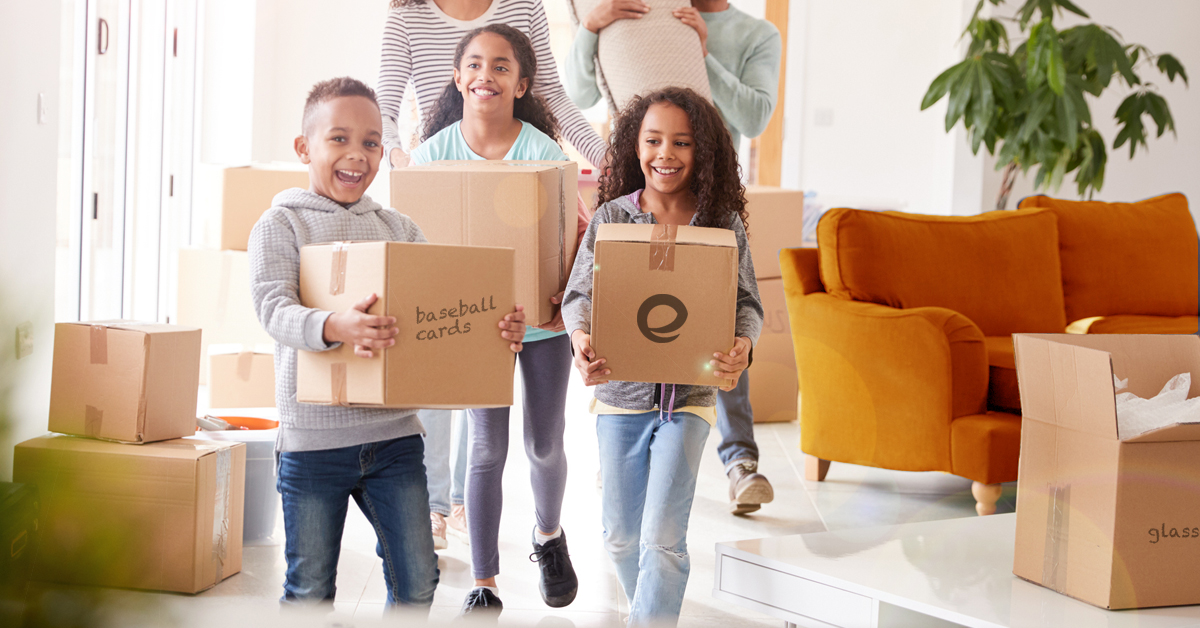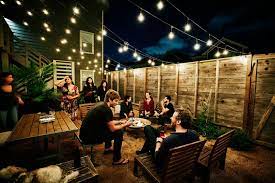Climate change has been a rising issue since the early 19th century. However, it was only first really more acknowledged by the media in the 1980s. In recent years, climate change and making our homes more environmentally-friendly has become somethings which we are all starting to sit up and take more notice of, and so although not all of us can be like Greta Thunberg, here are a few ways that you can make your property eco-friendlier.
Energy Saving Lightbulbs
One really simple way to be more eco-friendly is to use energy-saving lightbulbs. These lightbulbs can last up to 12 times longer than regular lightbulbs and they also help reduce your carbon footprint. Plus, energy-saving lightbulbs can help reduce your electricity bill so they are kind to the purse strings too!
Turn off the lights!
This one sounds simple, but many people forget to turn off the lights they aren’t using in their homes.
Switching off the light when you leave a room is a small thing which takes no energy and helps to tackle climate change (and it saves your energy bill too).
Install Solar Panels
Solar Panels can be a great alternative for powering your home. They reduce your electricity bill and also have a low maintenance cost too.
Additionally, they are a source of renewable energy meaning that it never runs out and if you have an abundance of energy, you can always sell back what you don’t use too!
Consider a Smart-Meter.
Smart meters help to give more precise reading of how much energy is being used. They mean that you can have a better idea of how much you’re using and the activities which use up a lot of energy. Once you’re aware of what they are then you can always work to reduce them if possible.
Double Glaze the Windows
Double Glazed windows are designed to be insulating. Having double glazing means that your house keeps the heat inside during winter and will also keep cool during summer. This helps to reduce the energy usage and plus your home stays the right temperature during the seasons – win win!
Reduce, Reuse, Recycle.
Yes, it’s cliché but it works! When doing your weekly shopping, think about how much food your family uses vs how much you actually need, and how much you throw away. Over consumption adds to the already rising levels of pollution and toxic gases that contribute to global warming. Bulk buying things you don’t need only goes to waste. Planning your meals, and using left overs to make another meal really can help you cut down on food waste and cut down on the cost of your shopping too.
Reuse the things in your home. Before you throw things away, think about whether they could be used for other purposes. Those old sheets could be used for cleaning rags or to protect furniture from decorating. Your morning paper could be used for a litter tray or even as art materials. Reusing items saves money and gives things a second life. Plus, a reusable coffee mug or water bottle cuts down on throwing away those paper coffee cups and plastic bottles each day. You can even save rainwater in a water-butt in the garden and reuse it to water the garden!
Most councils are now well set up for recycling as much of what we throw away as possible and many offer different collections for recycling, so you really can do your part to help recycling as much of what comes into our homes as possible.
In addition, there are also options available to recycle many other every day household items including medicines, mobile phones, clothing and textiles and much more. Just visit your local council website for more details.
Compost your Food Waste.
Composting your food waste reduces the use of harmful chemical fertilisers in your garden. It also enriches the soils PH and cuts down on waste. Compost from your food waste helps to improves the health of your flowers and plants and it so easy to do!
Home-Grown & Eco-Friendly
Why not try growing your own produce like tomatoes, carrots, blackcurrants, potatoes and more. Home-grown is the epitome of fresh, eco-friendly food and you can revel in the fact that you grew it yourself, whilst escaping manufacturing costs, travel costs, plastic packaging and more.
Consider your Home-Repair Carbon Footprint
Keeping your house repairs within businesses who live and work in your community can help to reduce your carbon footprint. Rather than hiring someone who lives miles away to travel to your and do the work, any times, you will be able to find someone in your local area who can come to you, do just as good a job and they won’t have to travel so far, reducing the carbon footprint of the planet.
So hopefully, these tips have given you some ideas on how you be more aware of the effect your home has on the environment and how you can be more eco-friendly.
Plus, when it comes to sell or rent your property, prospective buyers and renters often love to see eco-friendly features such as double glazing or smart meters already fitted in the home.
If we can be of assistance to help advise on how to make your home more environmentally appealing for prospective buyers, or if you want to find out how we can help you sell or rent your existing property, or buy or rent a new one, then please do get in touch!




